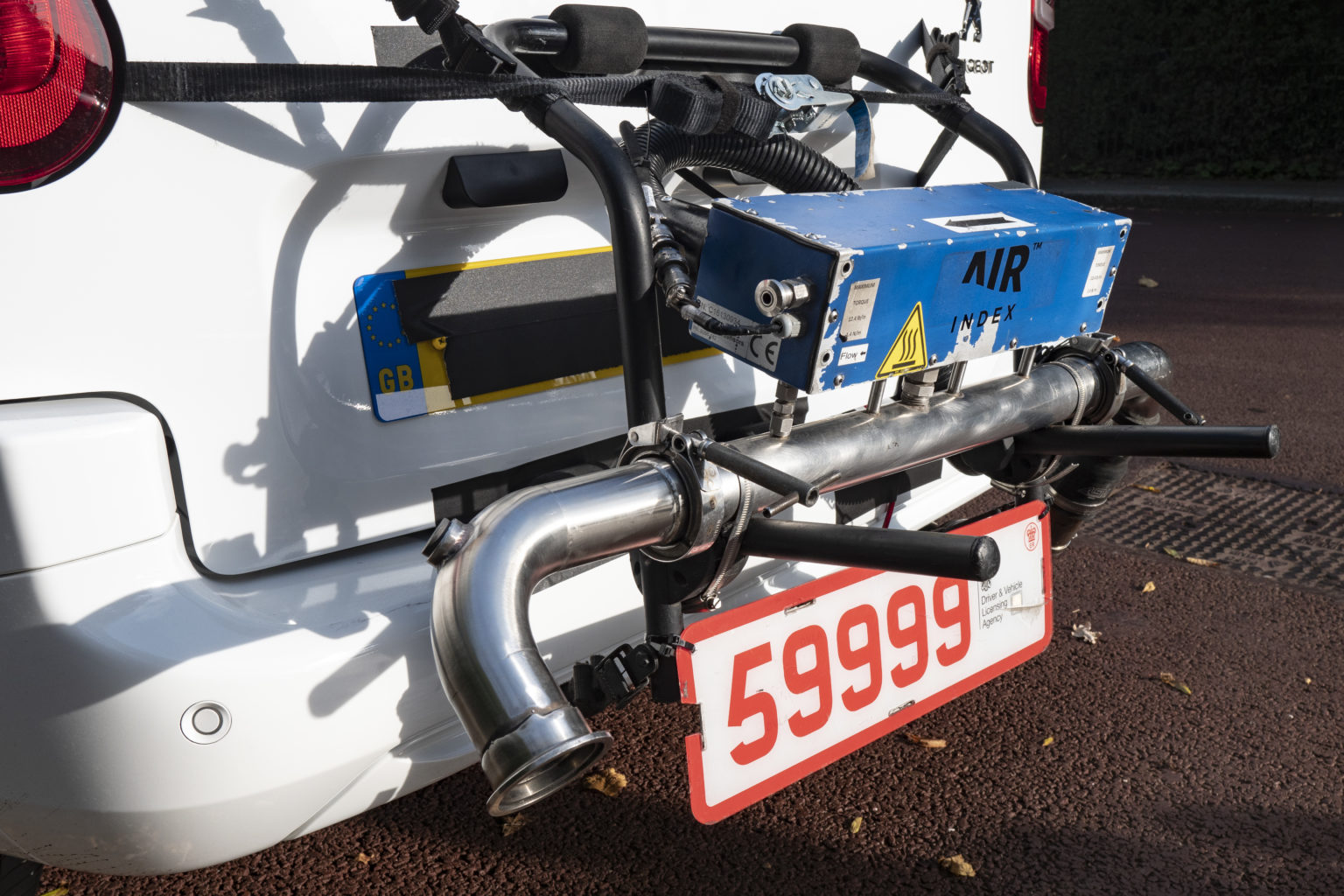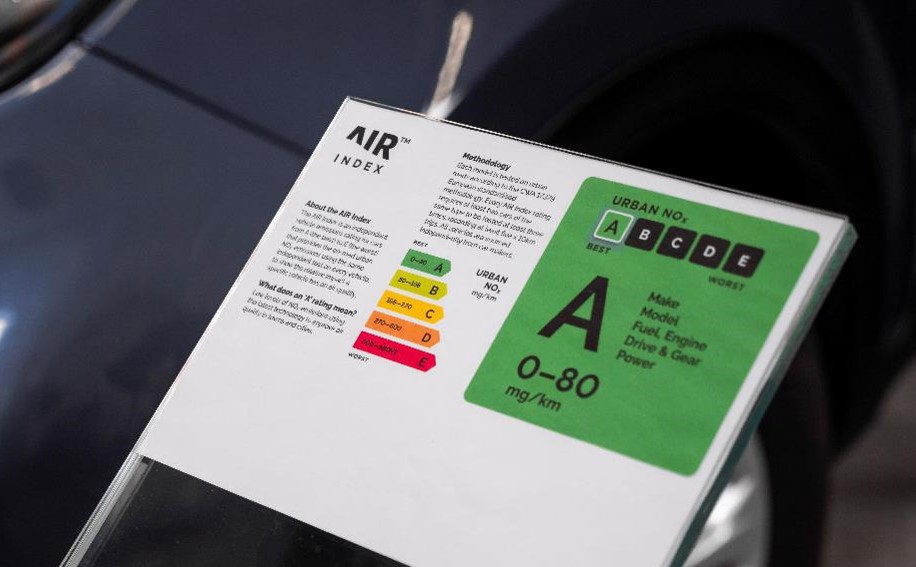A Legal Framework for City Air Quality Policy
The AIR Index; a fair and effective platform to effectively address air quality.
The need for on-road emissions data
Air quality in towns and cities can be improved immediately to bring it back into line with legal and safe limits by using the actual emissions data from vehicles as the basis to manage access.
The Euro standards are currently the officially accepted levels of emissions recorded during tests conducted mainly by car and van makers themselves, on their own products and until recently entirely in laboratory conditions. However, emissions recorded during on-road driving in urban conditions, including stop-start in traffic, bear little resemblance to the emissions recorded during laboratory tests where vehicles can be optimised to achieve specific results.
Independent emissions testing reveals that up to half of Euro 6 diesel cars and vans produce much higher levels of NOx from the tailpipe during city driving than during homologation laboratory tests. This means that policies based on Euro standards alone inadvertently allow in over-emitting vehicles which are contributing to the problem of poor air quality.
The AIR Index
A fair and effective platform to effectively address air quality.
The AIR Alliance proposes that policy makers should use the independent AIR Index emissions rating for vehicles, in conjunction with Euro standards to provide the most effective reduction of harmful vehicle emissions. If the AIR Index was used as the basis for access, this would increase the effectiveness of all Clean Air Zones (CAZs) and clean up urban air more effectively.
The AIR Index for tailpipe emissions provides policy makers with a fair way to control access for vehicles of all ages, because it is based on the actual emissions produced, meaning that an older, lower-emitting vehicle can still travel in the zone, whilst a newer more polluting vehicle may not. This ensures that access to towns and cities is not restricted only to people able to afford newer, and typically more expensive vehicles.
This can be delivered using the independent vehicle emissions ratings – the AIR Index – based on the European CEN Workshop Agreement CWA 17379, the basis for a legal framework suitable for policy making.
Realistic assessment of emissions for informed policy making
Upgrade vehicle access policies to improve air quality.
Some diesel engines actually produce lower NOx emissions than petrol engine variants, according to the results of independent on-road emissions testing. The AIR Index provides clarity, ensuring robust city policy to improve urban air quality quickly.
The AIR Index A-to-E rating provides a deeper, more realistic, independent assessment of the actual and relative emissions of each car or van. All cars tested for the AIR Index meet the European emission standards required at the time of delivery, such as Euro 4, 5 or 6.
Integrate on-road emissions data with your internal systems
Need to integrate your data with the AIR Index?
The AIR Index is a global first. It is the only system that provides comparative emissions ratings based on standardised on-road testing.
The AIR Index rating categorises vehicles in bands, based upon NOx emissions data measured during on-road tests. Testing each vehicle in urban conditions to the same test provides comparable NOx emissions levels that more accurately reflect the contribution to urban air quality than simulated tests performed in a laboratory. It also provides full comparability between vehicle makes and models, both new and old.
The data is publicly available, transparent and free of charge. Policy makers are offered access to the database via API to enable effective decision making to improve air quality.



